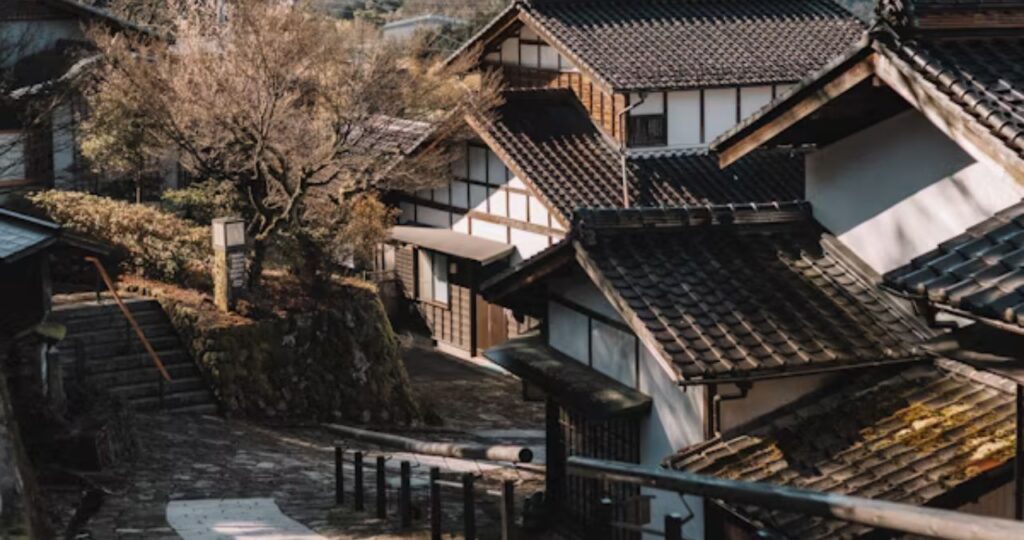In an era where globalization often overshadows local traditions, Tsunaihaiya stands as a beacon of how cultural heritage can be preserved, reinterpreted, and celebrated in contemporary society. More than just a tradition or a movement, Tsunaihaiya symbolizes the harmonious blend of ancestral wisdom and modern creativity, ensuring that the essence of cultural identity remains vibrant and relevant across generations.
But what exactly is Tsunaihaiya, and how does it continue to shape cultural narratives while embracing the future? Let’s explore.
What is Tsunaihaiya?
Tsunaihaiya refers to a cultural philosophy and creative practice rooted in heritage preservation, community storytelling, and innovative reinterpretation of traditional arts. Originating from deep-seated community customs, Tsunaihaiya has evolved into a dynamic cultural movement that bridges the gap between historical legacy and contemporary expression.
Whether through music, visual arts, fashion, or digital media, Tsunaihaiya embodies the belief that culture is not static—it is a living, breathing narrative that evolves while honoring its roots.
Core Elements of Tsunaihaiya
1. Heritage Preservation
At its foundation, Tsunaihaiya is about safeguarding traditional practices, rituals, and stories that form the cultural fabric of a community.
2. Innovative Reinterpretation
Tsunaihaiya encourages modern artists and creators to reinterpret traditional elements using contemporary mediums, ensuring the culture evolves organically.
3. Community Storytelling
Central to Tsunaihaiya is the shared narrative, where community members actively participate in passing down stories, crafts, and traditions.
4. Fusion of Tradition and Technology
By leveraging digital tools, social media, and modern platforms, Tsunaihaiya practitioners amplify their cultural narratives to global audiences.
The Significance of Tsunaihaiya in Today’s World
1. Cultural Identity in a Globalized Era
Tsunaihaiya provides a framework for communities to maintain their unique identities amidst the homogenizing forces of globalization.
2. Inspiring New Generations
By blending tradition with modern creativity, Tsunaihaiya makes cultural heritage appealing to younger audiences, fostering pride and participation.
3. Promoting Cultural Diplomacy
Tsunaihaiya acts as a cultural bridge, facilitating cross-cultural exchanges and fostering greater understanding among diverse societies.
4. Sustaining Indigenous Knowledge Systems
Through storytelling, craft preservation, and community workshops, Tsunaihaiya helps protect indigenous knowledge systems that are at risk of being forgotten.
Examples of Tsunaihaiya in Action
-
Traditional Music with Modern Fusion: Local musicians integrating ancestral instruments with electronic beats to create a unique soundscape.
-
Revival of Ancient Crafts: Artisans using sustainable materials to reinterpret traditional weaving, pottery, or textile techniques.
-
Digital Storytelling Projects: Young creators producing web series or interactive media based on folklore and oral histories.
-
Cultural Festivals with a Contemporary Twist: Community events that blend ancient rituals with modern art installations, performances, and digital exhibits.
Tsunaihaiya vs Conventional Cultural Preservation
| Aspect | Tsunaihaiya | Conventional Preservation |
|---|---|---|
| Approach | Dynamic, Evolutionary | Static, Archival |
| Mediums | Traditional + Modern/Digital | Traditional Only |
| Audience | Local & Global | Primarily Local |
| Creative Freedom | Encourages reinterpretation | Focuses on strict preservation |
| Engagement | Community-Driven, Interactive | Institutional, Academic |
The Role of Technology in Tsunaihaiya
One of the key factors in Tsunaihaiya’s resurgence is its seamless integration with modern technology, enabling:
-
Virtual Reality (VR) Cultural Immersion Experiences
-
Social Media Campaigns Showcasing Folk Art & Music
-
Digital Archives & Virtual Museums
-
Crowdsourced Storytelling Platforms
These technologies not only broaden the reach of cultural narratives but also make participation more interactive and engaging for a tech-savvy audience.
Challenges & Considerations
While Tsunaihaiya holds immense cultural value, certain challenges persist:
-
Balancing Authenticity with Innovation: Ensuring that reinterpretations respect the essence of the original traditions.
-
Protecting Cultural Intellectual Property: Safeguarding traditional knowledge from exploitation or misrepresentation.
-
Funding & Resource Allocation: Sustaining community-driven initiatives often requires consistent financial and institutional support.
-
Digital Divide: Ensuring that communities have access to the necessary technology to participate in digital reinterpretations.
The Future of Tsunaihaiya
Tsunaihaiya is poised to become a global model for dynamic cultural preservation, with potential developments such as:
-
Collaborative International Cultural Exchanges
-
Blockchain-Based Cultural Heritage Authentication
-
AI-Assisted Folk Art Revival Projects
-
Immersive Augmented Reality (AR) Cultural Experiences
-
Educational Programs Integrating Tsunaihaiya into Curricula
As the movement grows, it will continue to serve as a living archive of culture, where traditions are not just preserved but lived, celebrated, and reimagined.
Conclusion
Tsunaihaiya is more than a cultural practice—it is a philosophy that breathes new life into heritage. By blending past legacies with future-forward creativity, it ensures that cultural identity remains not only relevant but also inspiring for generations to come.







